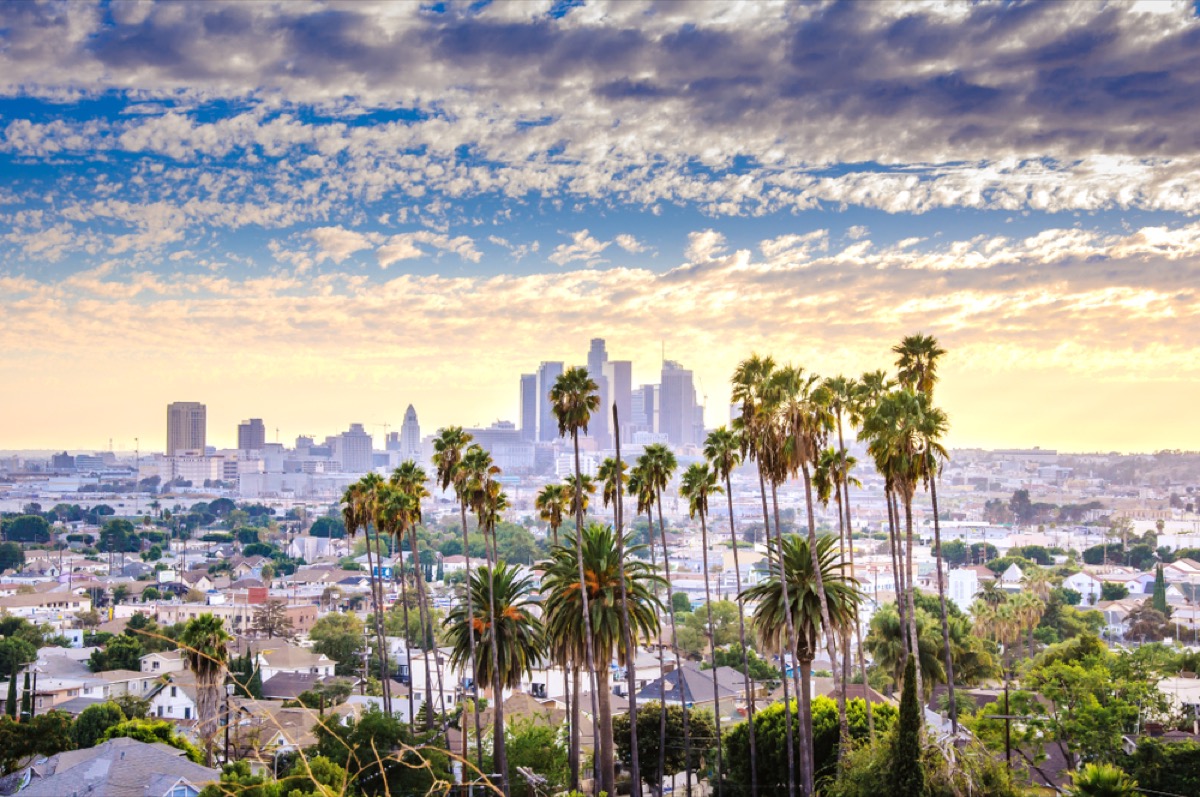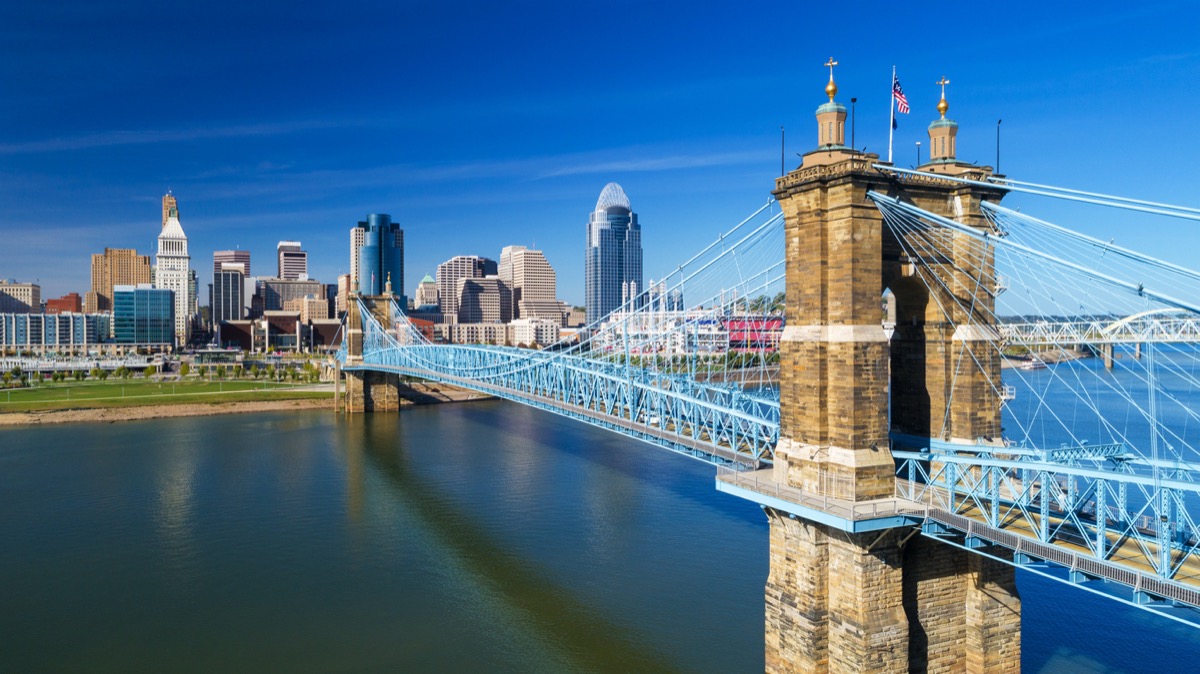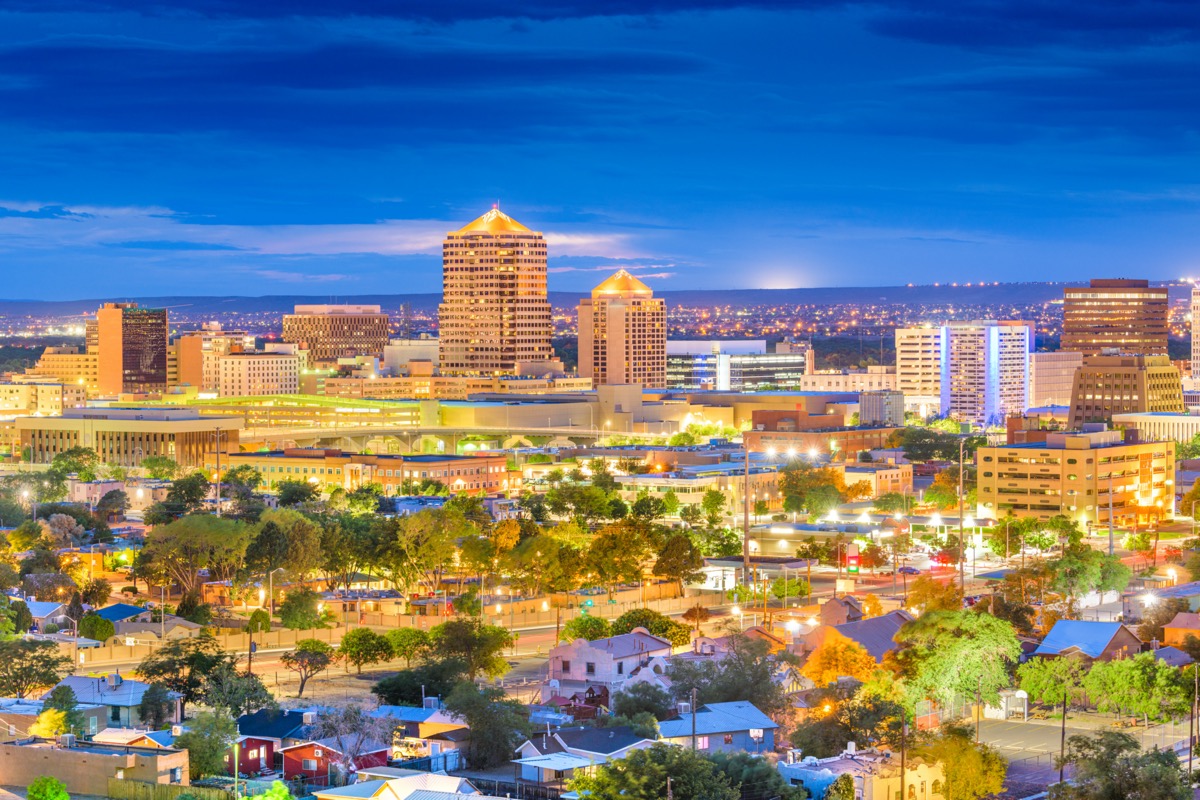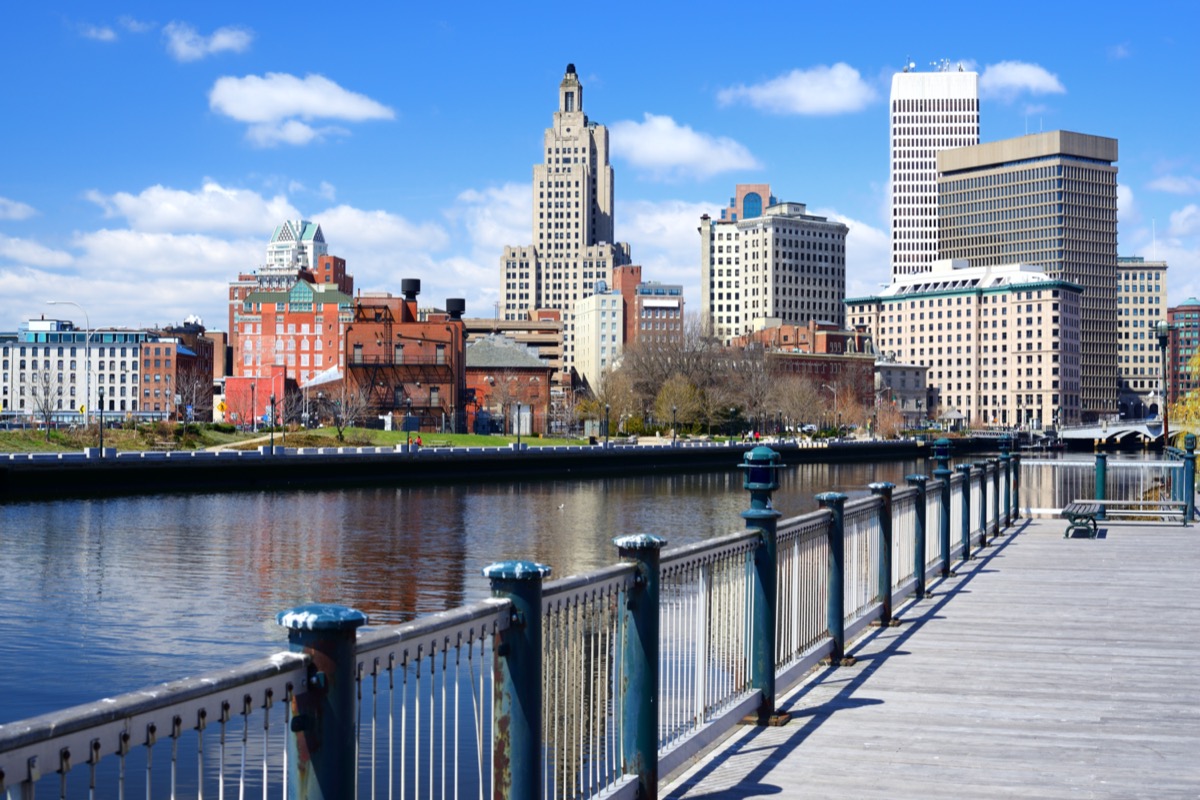In a leaked briefing document dated Nov. 29 that was obtained by ABC News, the federal coronavirus task force warned that the Bay State was making a mistake by targeting problem areas with increased restrictions instead of enforcing rules across the entire state. “Consider rolling back a step in the state reopening plan as a whole and not just in high-risk areas,” the officials advise, warning that “restricting certain activities in some areas may encourage movement and potential spread to surrounding ’non high-risk’ communities.” The news wasn’t all bad, however: The task force did praise Massachusetts officials for seeing some success as their “efforts to curb transmission appear to be having an impact.” Presumably, that’s in reference to a Nov. 3 order issued by Massachusetts Gov. Charlie Baker that beefed up the state’s mask mandate, instituted a nightly stay-at-home advisory—similar to a curfew—between 10 p.m. and 5 a.m., and required that all table-service restaurants, gyms, theaters, and casinos end service by 9:30 each night. Bars have remained closed across the state due to a previous order. Still, on Dec. 1, Baker said that his administration “is not planning any additional closures or restrictions,” Boston.com reports. On Dec. 2, Massachusetts had its highest recorded day of new cases since the pandemic began, and then the state outdid itself again on Dec. 3, going from4,613 to 6,477 new cases, according to the state’s health department.ae0fcc31ae342fd3a1346ebb1f342fcb However, Massachusetts isn’t the only place grappling with the idea of shutting back down. Read on to see which other states are considering a rollback on their reopenings, and for more on the latest COVID news, If You Have One of These Blood Types, You May Be Safe From COVID. Read the original article on Best Life. Days after California Gov. Gavin Newsom hinted on Nov. 30 that his state might be locking down again, Los Angeles Mayor Eric Garcetti urged citizens to “cancel everything” and issued a new stay-at-home order on Dec. 2. The order requires Los Angeles residents to remain in their homes, businesses to return to remote work, and public or private gatherings by anyone from more than one household are banned unless they happen to fall under one of the exceptions in the order. “If cases continue on this pathway, if they continue to increase at the pace that we’ve seen, the county expects that we will run out of hospital beds here in Los Angeles by Christmas time,” Garcetti said in a press conference. “The public health condition of our city is as dire as it was in March, in the earliest days of this pandemic.” And for more on what December is looking like, find out How Likely You Are to Catch COVID in the Next Month, Expert Says. Although it’s one of the only states to have gatherings of more than 10 people banned since April, Ohio Gov. Mike DeWine announced a more stringent three-week stay-at-home order for residents, beginning on Nov. 19. The new restrictions instituted a 10 p.m. to 5 a.m. nightly curfew, during which most retail businesses in the state must also close. And for more on the science behind the virus, check out If You Have This Common Condition, You Might Be Safe From COVID. New Mexico Gov. Michelle Lujan Grisham announced a two-week “reset” for her state on Nov. 13 after struggling with a record-breaking surge in late October and early November. The order brought back the kind of strict COVID restrictions New Mexicans hadn’t seen since the spring, requiring them to shelter in place and preventing non-essential businesses and nonprofits from operating in-person through Dec. 2. With the order now expired, the state has entered a tiered county-by-county system of lockdowns to keep COVID numbers in check, similar to the approach Massachusetts is currently taking. And for more regular updates on COVID, sign up for our daily newsletter. While not a full shutdown, Rhode Island Gov. Gina Raimondo ordered a two-week “pause” in her state that began on Nov. 30. The order includes a stay-at-home advisory (like what’s in place in neighboring Massachusetts) that forced the closure of gyms, bars, theaters, bowling alleys, and casinos across Rhode Island. It also limits indoor dining to 33 percent capacity and religious services to 25 percent capacity. And if you’re looking to stay safe when out in public, know that This Type of Face Mask Isn’t Protecting You From COVID, WHO Warns.



